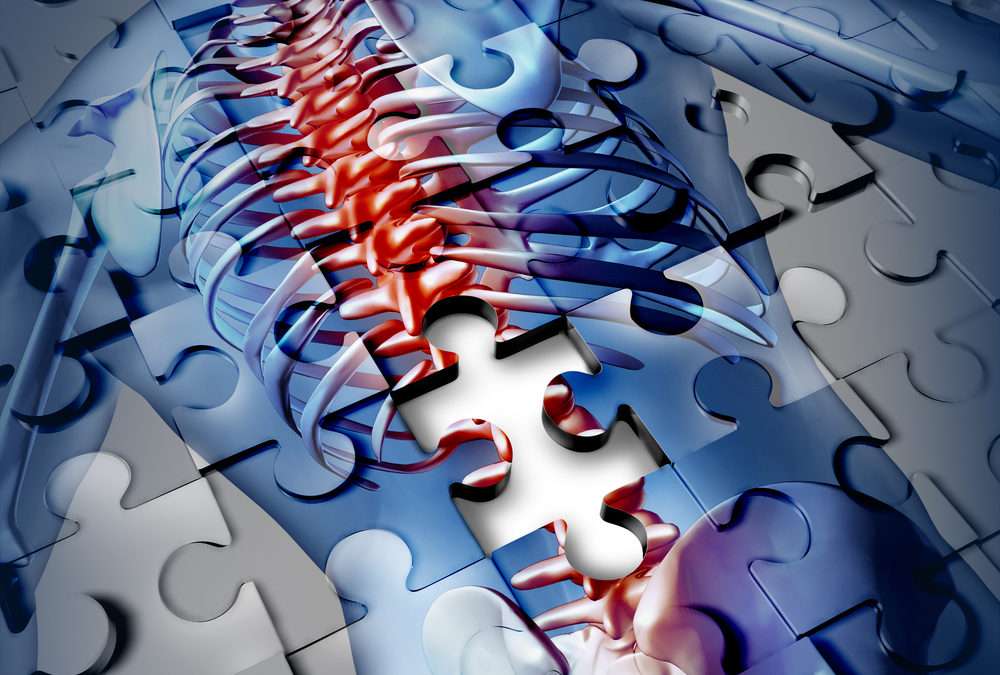“I don’t believe in pain management anymore, I believe in trying to cure persistent pain.” – Michael Moskowitz, MD, M.P.H.
There are a multitude of chronic pain types and a variety of reasons why people suffer from long-term or recurring pain.
While we understand that some pain really can only be treated because the source of the pain is incurable or is the result of terminal illness, most other chronic pain can be addressed.
And this is what should bring hope to those who are just ‘getting along’ with their pain.
While it may not seem likely to many people who have endured chronic or persistent pain for years, there is hope – and there are many who have found a way to discover relief from their pain.
One woman wrote about her own journey to becoming pain free. In it she offered this bit of encouragement,
“To anyone living in persistent pain: it is possible to overcome chronic pain. You do not have to learn to live with it, or manage it. You can treat it and change it. No matter how out of reach this may seem, know that it is true. ‘You can if you think you can.’ “
The ‘Other’ Costs of Living with Chronic Pain
It’s long been recognized by those living with chronic pain and the medical profession that long-term chronic pain exacts a mental and emotional toll. Even something relatively short-lived like a bout of sciatica can lead to physical and mental fatigue, irritability, and an inability to focus.
But other, more severe types of chronic pain issues can have far more destructive and debilitating effects.
A study published in the journal Mayo Clinic Proceedings noted in the report’s Abstract,
“Chronic pain and mental health disorders are common in the general population, and epidemiological studies suggest that a bidirectional relationship exists between these [two] conditions. The observations from functional imaging studies suggest that this bidirectional relationship is due in part to shared neural mechanisms.
In addition to depression, anxiety, and substance use disorders, individuals with chronic pain are at risk of other mental health problems including suicide and cigarette smoking and many have sustained sexual violence.”
Pain that lasts less than three to six months is called acute pain, which is the form of pain most of us experience. However, pain can be ongoing or recurring, and lasting beyond the usual course of three or so months. This is called chronic pain or persistent pain.
In other words, chronic pain is pain that continues when it should not.
In a 2006 study of chronic pain sufferers, 77 percent of people who suffered from chronic pain reported feeling depressed. Over 85 percent of chronic pain patients said that they had difficulty sleeping.
Chronic pain is one of the most common reasons adults seek medical care. And numerous studies and research has linked it to decreased activity, anxiety and depression, dependence on opioids, and a reduced quality of life.
You’re Not Alone: The Common ‘Curse’ of Chronic Pain
A study released in 2016 revealed that approximately 20 percent of adults in the United States were living with chronic pain. That’s more than 50 million people. And almost 20 million of these, or eight percent of the adult population, suffered from high-impact chronic pain.
Research has also shown that those with chronic pain are four times more likely to have depression or anxiety than those who are pain-free. In addition, mental health conditions are more common among persons with back and neck pain than among persons without.
For example, one study of adults with depression and chronic pain determined that those with backaches and headaches had the highest odds of suffering major depression. It was also found that living with chronic pain caused depressive symptoms to last longer compared to those without painful conditions.
And the truth here is that, if you’ve been living with chronic pain for a while, you’re probably keenly aware of all this.
The good news is that much of the chronic pain that people endure day in, and day out can be treated and, in most cases, diminished or completely relieved. Most back, neck, shoulder, and leg pain, for example, can be treated with soft tissue and bodywork therapies that focus on the actual source and cause of your pain.
For example, at Pain and Performance Solutions in Santa Rosa, we routinely find success in chronic pain relief with therapies such as Anatomy in Motion, or AiM and Active Release Techniques®.
You Don’t Have to Live with Chronic Pain – Getting Relief from Your Pain
At Pain and Performance Solutions, we understand the interconnections between the mind, body, and emotions. And we also understand that chronic pain does not have to rule your mental, physical, and emotional states.
When you come in for your initial consultation and assessment, we will learn all we can about your present pain and condition, along with any history of discomfort, as well as your current level of activity.
Effectively treating and relieving your pain can start once we understand where and how your pain started.
A full examination will help us determine which form of treatment is best suited to get you on your road to recovery. Your trust in us is key, as is your honesty. Ultimately, getting your body healthy and working properly is the only way to achieve total recovery.
Our goal is to work through the sequence of pain and dysfunction in order to get your body healthy and working properly and to achieve total recovery. Don’t hesitate to reach out. We are here to help and will answer any questions that you may have.
You can reach us at (707) 636-4404 or by filling out our online contact form.
